Mudejar Architecture of Aragon
World Heritage
Spain
🎧 Listen to Introduction
The development of Aragonese Mudéjar art in the 12th century was the result of the particular political, social and cultural conditions of post-Reconquista Spain. This art was influenced by Islamic traditions and also reflected various contemporary European styles, especially Gothic. This art, which lasted until the beginning of the 17th century, is characterized by an extremely refined and creative use of bricks and glazed tiles in architecture, especially in bell towers.

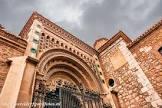
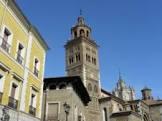
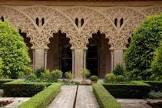
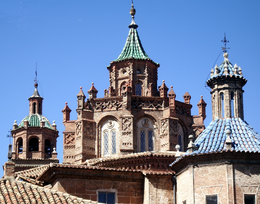
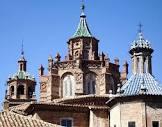


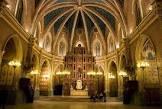
Poem of the heritage generated by AI
Intangible culture related to the heritage
China tourist attractions related to the heritage
World heritage related to the heritage
Show more related heritage
Information extracted from Wikidata
| image | http://commons.wikimedia.org/wiki/Special:FilePath/Torre%20de%20San%20Mart%C3%ADn%2C%20Teruel.jpg |
| instance of | La Sarga rock shelter II |
| located in the administrative territorial entity | Stade El Harti |
| executive body | Arquitectura mudéjar de Aragón |
| office held by head of the organization | http://g.co/kg/m/0d72_c |
| Commons category | Arquitectura mudéjar de Aragón |
| image | http://commons.wikimedia.org/wiki/Special:FilePath/Cimborrio%20Mud%C3%A9jar%20Catedral%20de%20Teruel.png |
| media legend | Dome of the Cathedral of [[Teruel]]. |